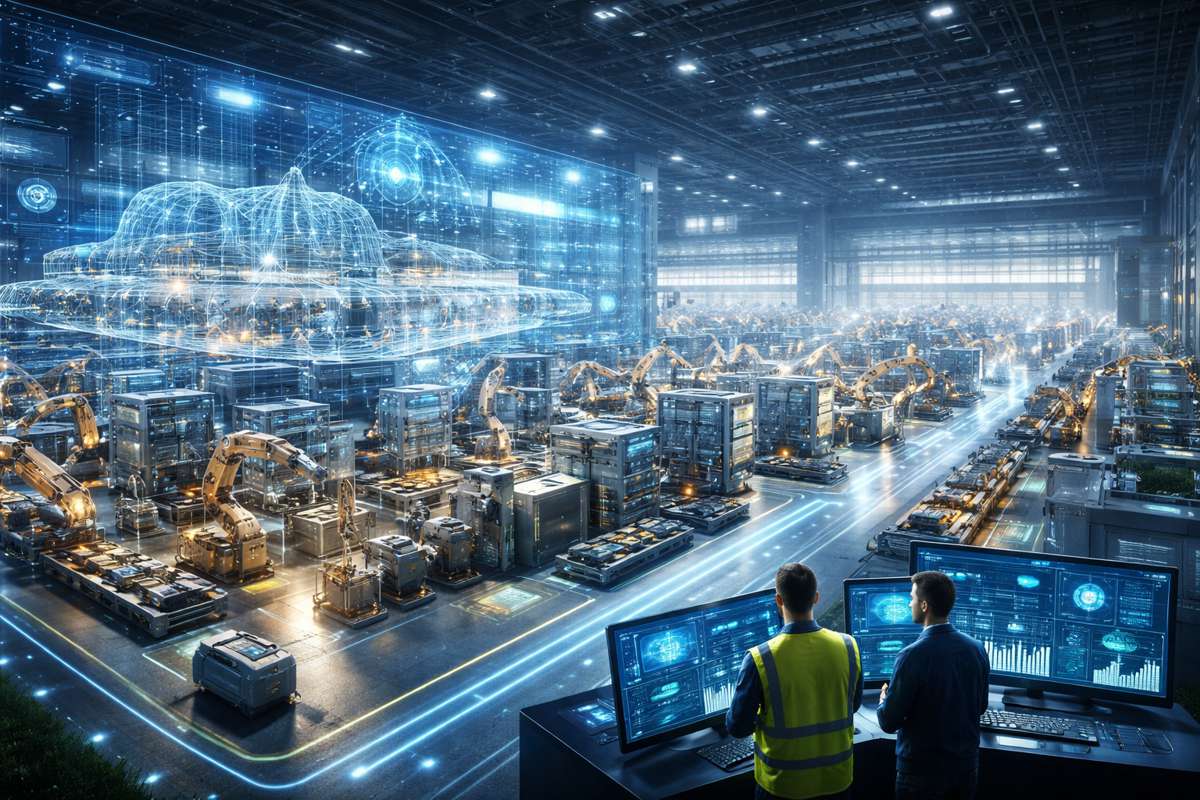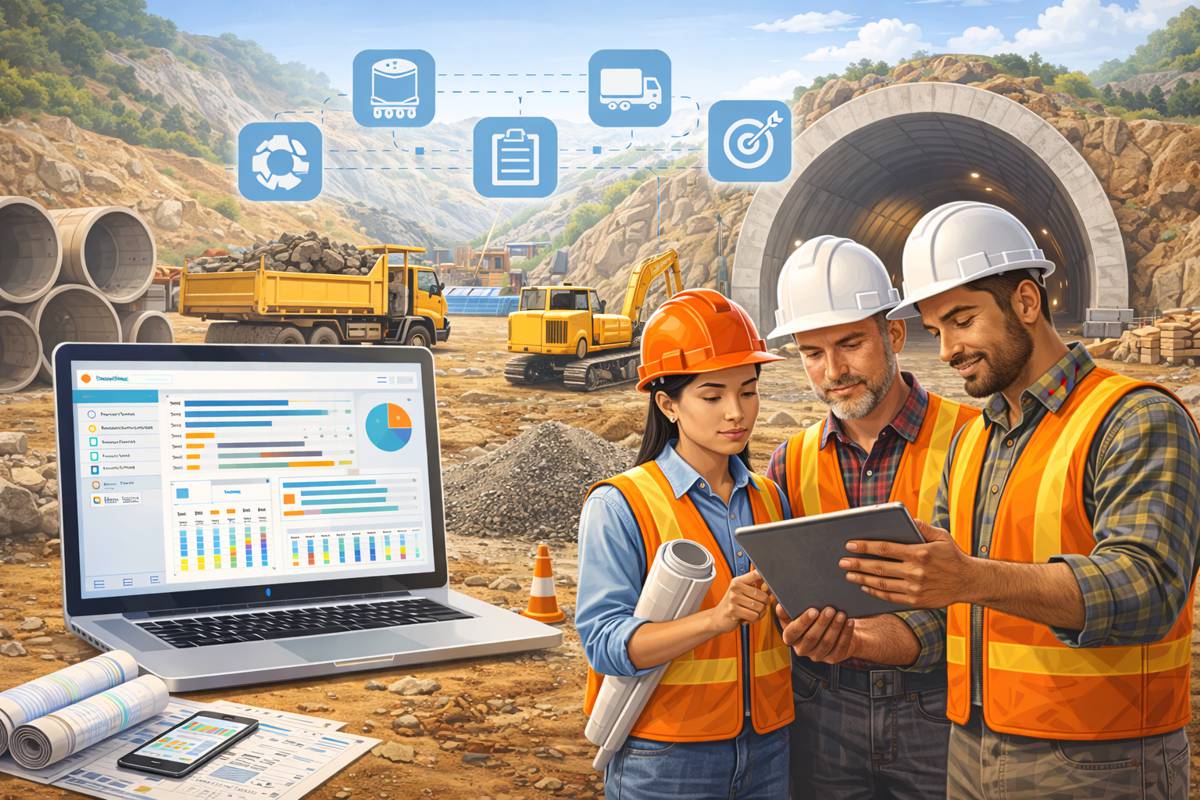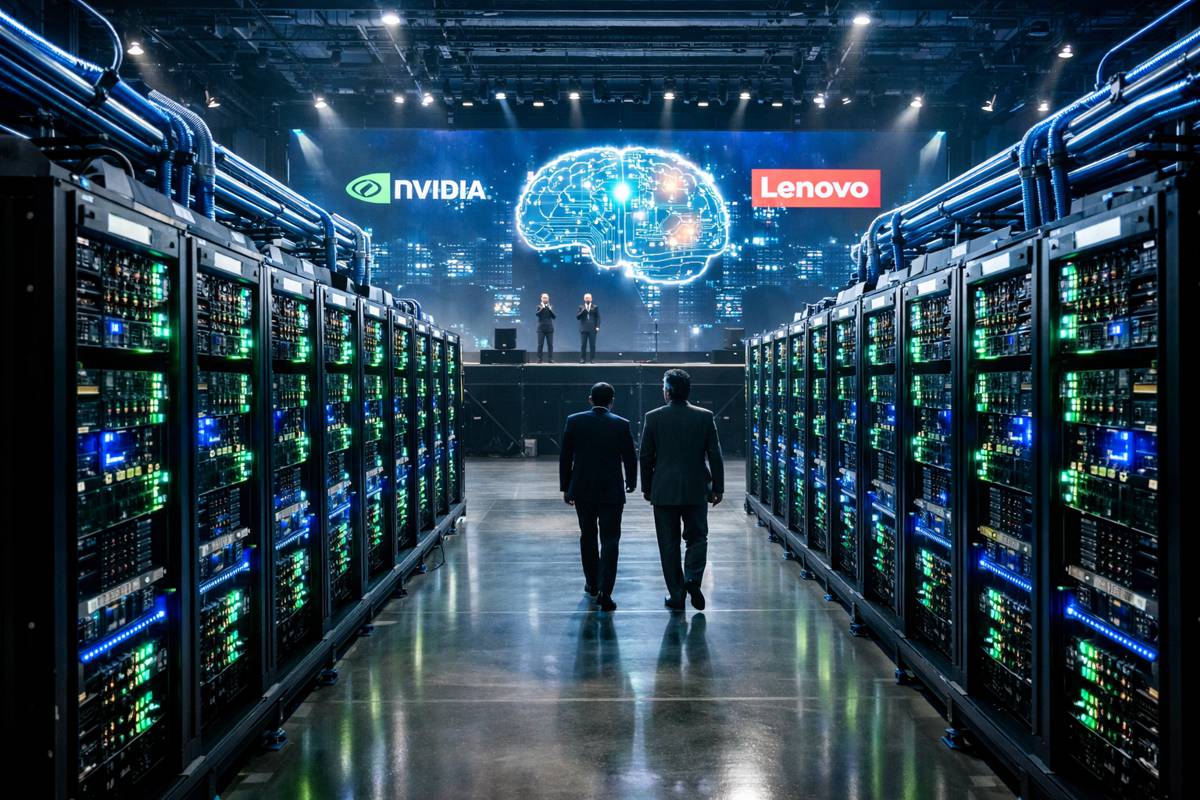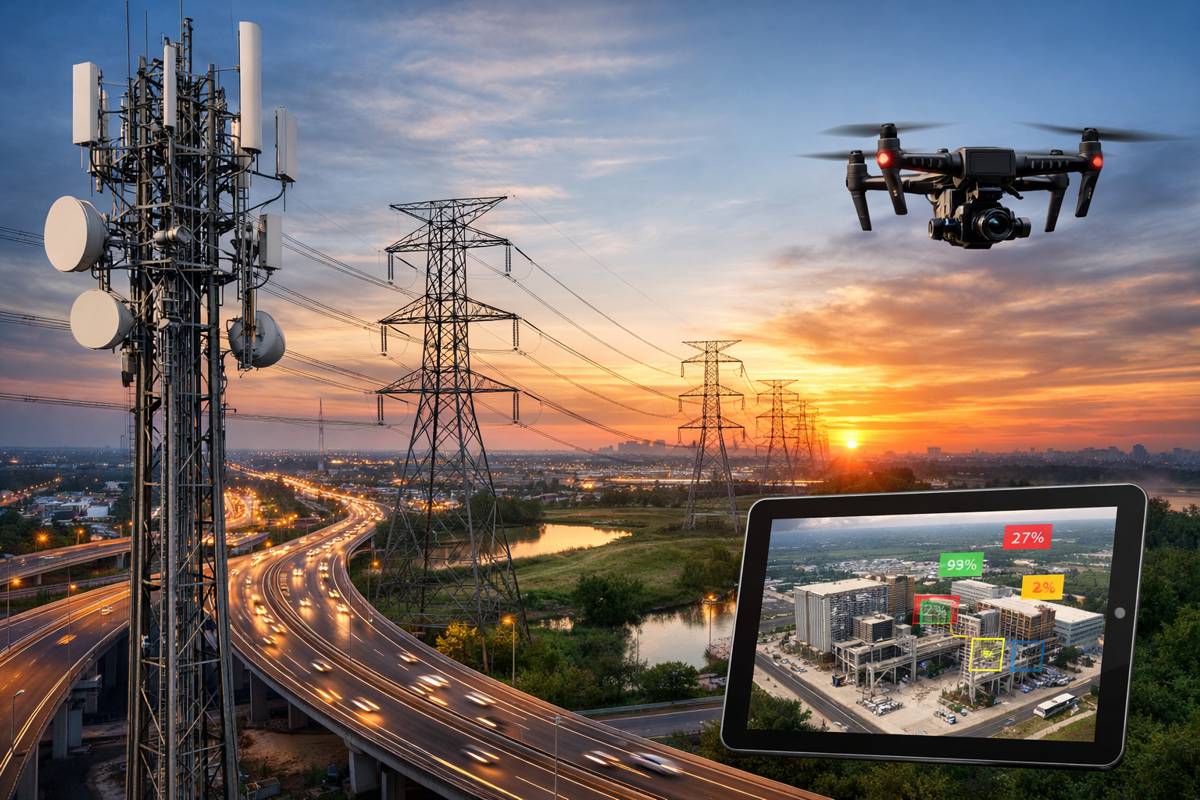The Complete Guide to BIM – Building Information Modeling
In the modern era, sustainability is more than just an objective; it’s the core of responsible construction. With tighter regulations, environmental goals, and shifting client demands, the need for effective, efficient, and sustainable practices has never been greater. Building Information Modeling (BIM) has emerged as a key player in this transformation, revolutionizing how projects are designed, managed, and maintained.
For Construction Software Month at Highways.Today, we’re bringing you this in-depth guide to BIM. We’ll explore how BIM works, its profound impact on sustainable construction, and the role of our event sponsor Bentley Systems, who are a leading innovator in this space.
From technical insights to industry standards and future predictions, this resource will offer a comprehensive look into the potential of BIM.
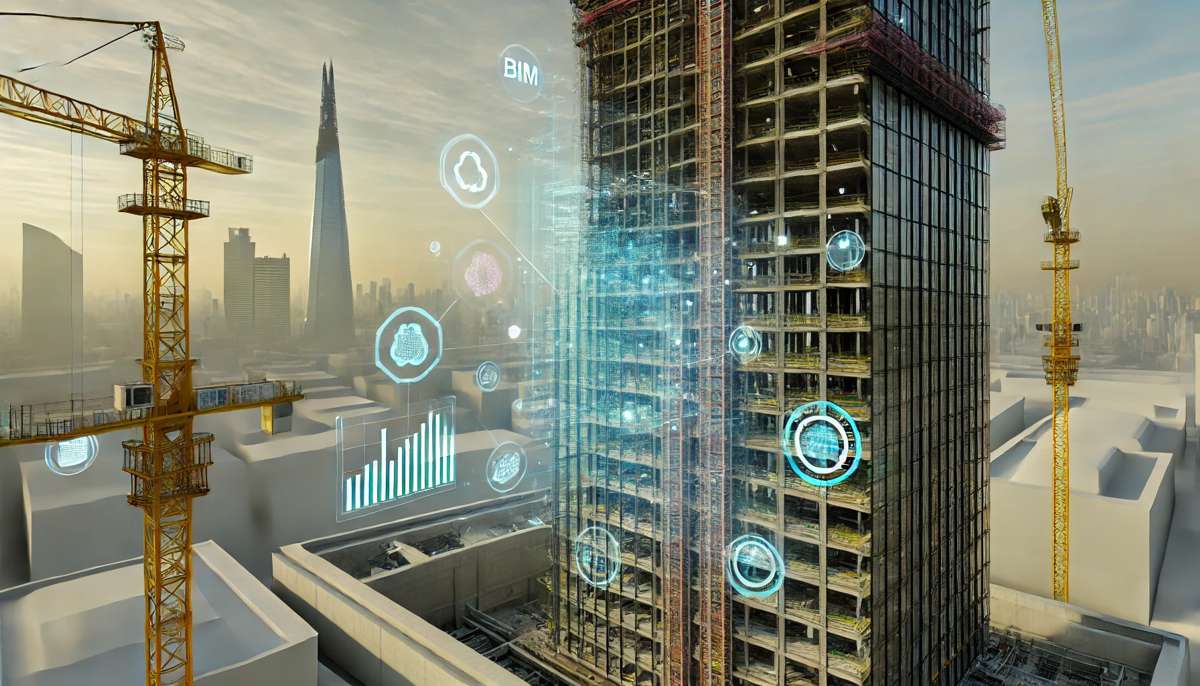
The Foundation of Modern Construction
Building Information Modeling (BIM) represents more than just a digital blueprint—it’s a comprehensive approach to planning, designing, and managing buildings and infrastructure. BIM is essentially a shared digital environment where multiple stakeholders—architects, engineers, contractors, and even clients—collaborate and communicate throughout a project’s lifecycle.
Unlike traditional CAD software, BIM is multidimensional. It enables 3D design, scheduling (4D), cost estimation (5D), and sustainability metrics (6D), all within a single model. This synergy ensures that every facet of a project is optimized, and everyone involved works from the same data set, reducing errors, boosting efficiency, and supporting sustainability.

A Deep Dive into BIM’s Origins and Evolution
BIM’s origins trace back to the 1970s when engineers first began using basic computer-aided design (CAD) software. These early programs primarily focused on 2D drafting. By the 1990s, advances in computing allowed for 3D modeling, and the seeds of BIM were sown. However, it wasn’t until the early 2000s that BIM became a central construction tool, driven by a need for greater efficiency, collaboration, and sustainability.
Today, BIM is indispensable, thanks in part to industry leaders like Bentley Systems, which have continuously developed tools to improve design precision, facilitate collaboration, and drive data-informed decisions. With BIM now mandated for many public construction projects in countries like the UK, the demand for skilled BIM professionals has soared.
Bentley’s tools like OpenRoads Designer and SYNCHRO have pushed BIM from a static design tool to a dynamic process that integrates with emerging technologies like AI and IoT, propelling BIM towards a new era of digital construction.
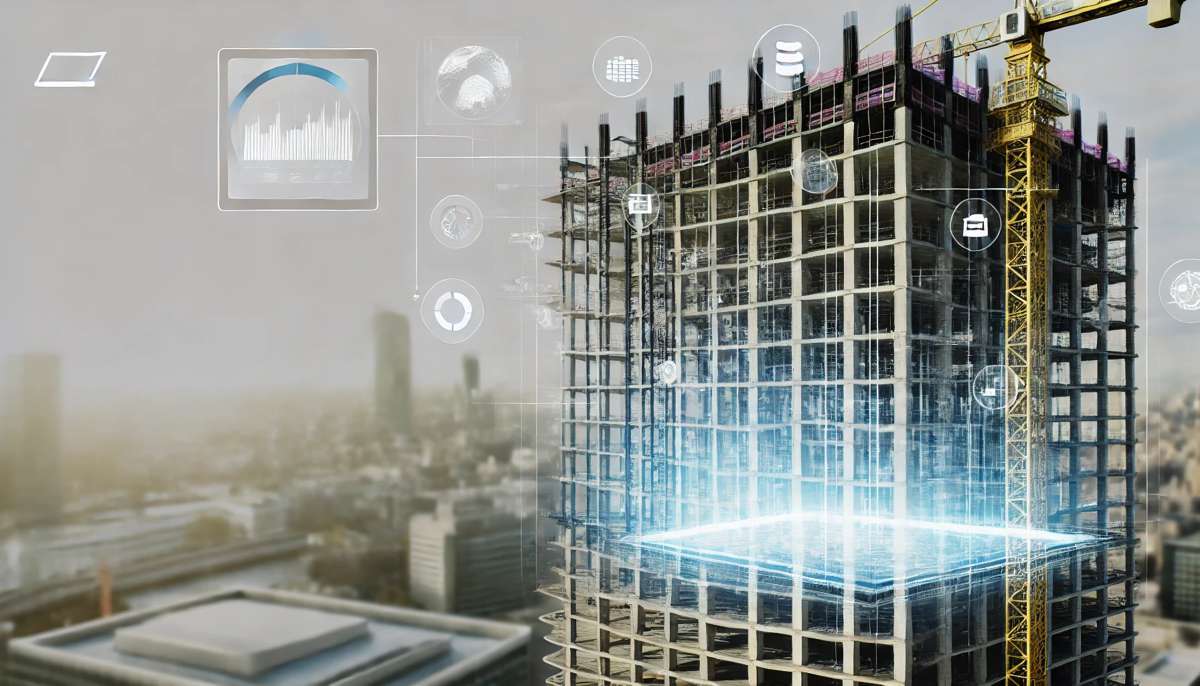
Core Advantages of BIM in Sustainable Development
BIM provides a wealth of benefits, many of which directly support sustainable construction. Let’s explore some of the key areas where BIM enhances sustainability.
Efficient Resource Management
By modeling a project in BIM, teams can accurately predict material requirements and reduce waste. For example, Blyncsy by Bentley Systems enables precise tracking and management of resources, helping construction teams optimize their supply chain and minimize environmental impact:
- Accurate Material Estimation: BIM ensures that only the necessary amount of materials is ordered, preventing overuse and reducing disposal needs.
- Waste Minimization: Through BIM’s planning and simulation tools, projects can avoid many of the inefficiencies that lead to waste.
Energy-Efficient Design and Operation
BIM makes it possible to simulate energy use during the design phase, which has a lasting impact on a building’s carbon footprint. By incorporating simulations for energy, HVAC systems, and natural lighting, BIM enables designers to choose the most efficient options.
Bentley Systems’ OpenBuildings Designer integrates energy performance analytics, ensuring that projects meet sustainability criteria before construction even begins. This proactive approach contributes to lower operational costs and a reduced environmental footprint.
Enhanced Collaboration for Sustainable Outcomes
The collaborative nature of BIM is pivotal in achieving sustainability goals. A shared data environment means every team member, from architects to engineers, has access to up-to-date information, fostering a unified approach to sustainability.
Working with specialized building services consultants early in the BIM process ensures that all mechanical, electrical, and plumbing systems are optimally integrated from the design phase, maximizing both efficiency and sustainability outcomes while reducing costly revisions later in the project.
- Cross-Disciplinary Integration: Teams can collaborate seamlessly on sustainability targets, such as energy efficiency or water conservation.
- Real-Time Adjustments: BIM allows for real-time updates and revisions, enabling teams to adjust models as new environmental regulations or sustainability goals emerge.
This level of collaboration significantly reduces costly errors, optimizes resource allocation, and enhances a project’s overall sustainability.

Pioneering Sustainability Through BIM
Bentley Systems has positioned itself at the forefront of BIM innovation. Known for its advanced software solutions tailored to infrastructure and construction, Bentley’s tools offer cutting-edge functionality that aligns perfectly with sustainable goals.
OpenRoads Designer and SYNCHRO
OpenRoads Designer and SYNCHRO stand as two of Bentley’s flagship products. OpenRoads Designer is tailored for transportation projects, offering tools that optimize roadway design, safety, and environmental impact. SYNCHRO, on the other hand, is a 4D construction management platform that incorporates time and cost data, allowing teams to plan out every detail and visualize project phases for maximum efficiency.
These tools underscore Bentley’s commitment to sustainable infrastructure, helping companies meet green building standards while delivering projects on time and within budget.
Embracing AI and IoT for a Smarter, Greener BIM
With the integration of Artificial Intelligence (AI) and the Internet of Things (IoT), Bentley’s solutions are redefining what’s possible in sustainable construction. By incorporating these technologies, Bentley enables real-time data collection and analysis, enhancing project management and enabling predictive maintenance that reduces energy consumption and extends the lifespan of building materials.
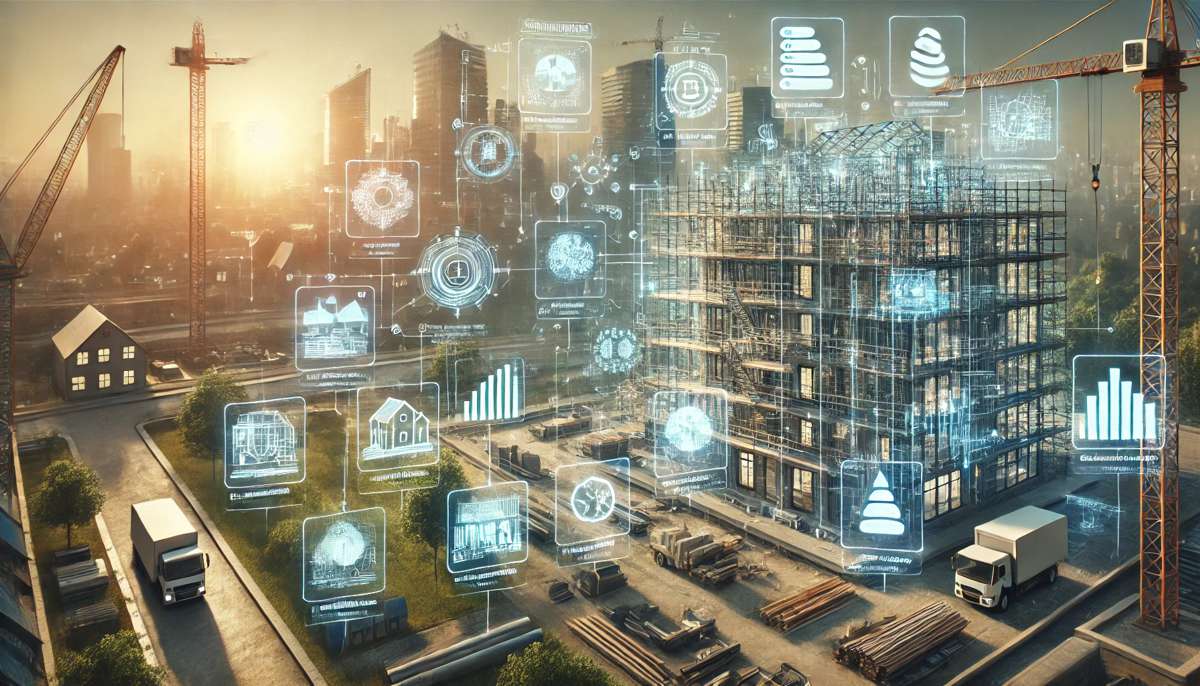
How BIM Works: Technical Components and Processes
Understanding the technical backbone of BIM helps illustrate its transformative impact. BIM comprises several core components, each playing a unique role in creating a comprehensive model:
- 3D Modeling: The foundation of BIM, 3D modeling provides a detailed visual representation of a building, capturing every structural element.
- 4D Scheduling: Time is integrated with the model, allowing teams to visualize project sequences and deadlines.
- 5D Cost Estimation: Adding a financial layer to BIM, cost data for each element helps create accurate budgets and forecasts.
- 6D Sustainability: BIM includes tools for energy analysis, water management, and waste reduction, ensuring that sustainability remains a focal point throughout a project’s lifecycle.
With these elements, BIM enables teams to manage complex projects with precision, making sustainability not just a goal but an integrated part of the workflow.
Navigating BIM Regulations and Certifications
The adoption of BIM globally has brought about various regulatory requirements and certifications that ensure consistency, quality, and sustainability across projects. Some of the key standards include:
- ISO 19650: An international standard for managing BIM information, ISO 19650 is essential for collaboration across different regions and disciplines.
- PAS 1192: A UK standard that provides guidelines for implementing BIM, specifically around data sharing and interoperability.
- LEED and BREEAM: While these certifications aren’t exclusive to BIM, they often rely on BIM data for sustainability metrics, especially in energy and resource use.
These standards enable companies to meet their regulatory requirements while promoting sustainability.

BIM and Lifecycle Sustainability
One of BIM’s standout features is its role in lifecycle sustainability—managing a building’s environmental impact from design to demolition. This long-term perspective ensures that sustainability is embedded throughout the building’s lifespan, covering areas like maintenance, performance optimization, and end-of-life planning.
Lifecycle Assessment and Maintenance
BIM’s data-driven approach enables ongoing monitoring of building performance, allowing teams to anticipate maintenance needs and optimize energy use. Equipped with analytics and predictive maintenance tools, companies can ensure their structures operate at peak efficiency throughout their lifecycle, reducing both costs and environmental impact.
End-of-Life Recycling and Deconstruction
With BIM, teams can plan for a building’s deconstruction as early as the design phase. By using models that include recyclable or reusable materials, BIM encourages circular construction practices, ensuring that valuable resources are reintegrated into future projects rather than wasted.

BIM for Future-Ready Construction
As the industry evolves, BIM is poised to become even more sophisticated, with emerging technologies shaping its future applications. Here are some notable trends:
AI-Powered Optimization
AI can predict design flaws and maintenance issues before they become costly problems. When integrated with BIM, AI provides project teams with real-time insights, ensuring that every decision made aligns with both financial and environmental goals.
The Role of IoT in Continuous Performance Monitoring
IoT sensors offer real-time feedback on building systems, from HVAC efficiency to water usage. By integrating IoT data into BIM, teams gain actionable insights into a building’s performance, enabling adjustments that boost sustainability and reduce operational costs.
Digital Twins – BIM’s Future Vision
Digital twins—a virtual representation of a physical asset—are becoming more popular in construction. By mirroring a building’s physical counterpart, digital twins allow project teams to simulate, monitor, and optimize structures throughout their lifecycle.
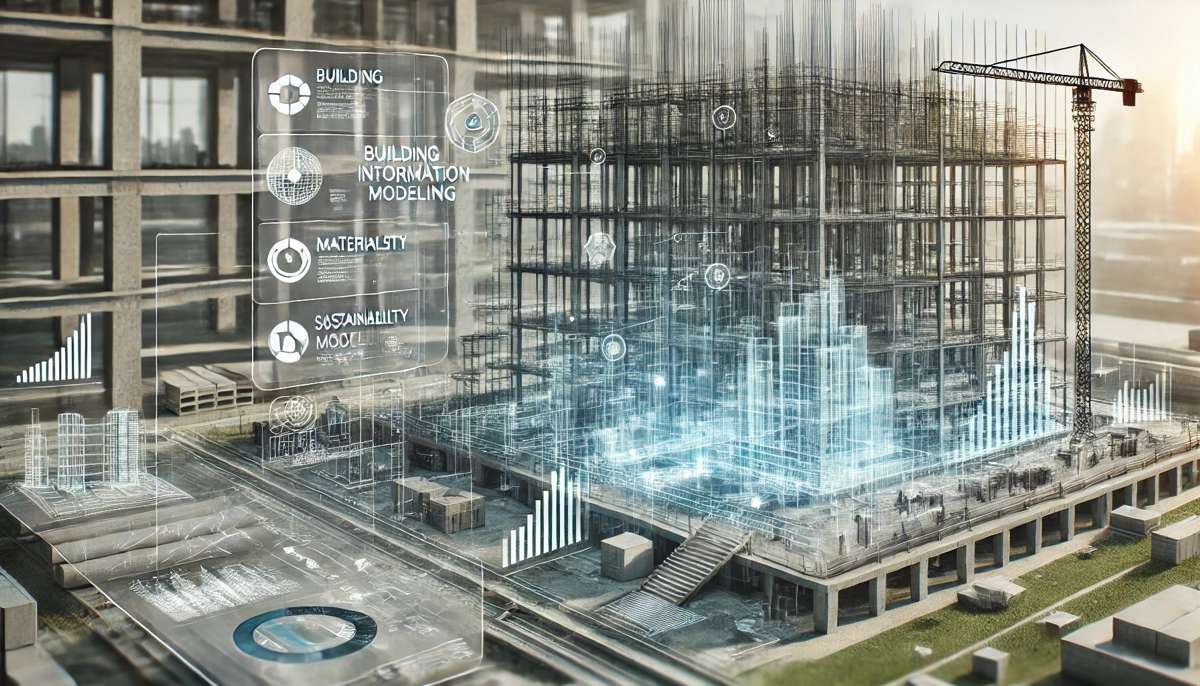
Key Takeaways and Final Thoughts
BIM is not merely a tool; it’s a catalyst for sustainable transformation within the construction industry. With leaders like Bentley Systems paving the way, BIM enables companies to meet environmental standards, optimise resource use, and deliver value across a project’s lifecycle.
As the construction sector faces mounting pressures to reduce carbon footprints and conserve resources, BIM’s role will only continue to grow. By adopting BIM and embracing technologies like AI and IoT, construction professionals have a clear path toward a greener future.
Through smart, data-driven design and planning, BIM isn’t just enhancing the way we build—it’s reshaping how we think about construction itself.









